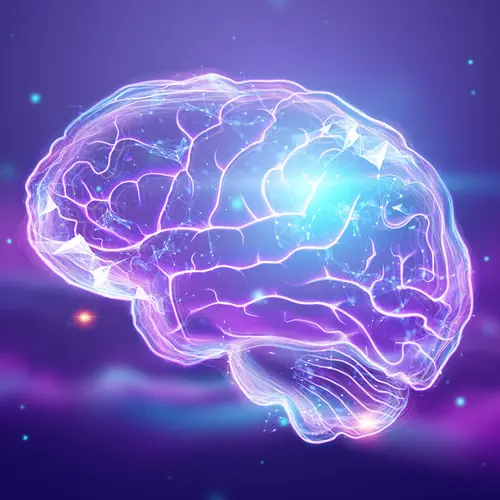Epilepsy Symptoms
While many types of repetitive behavior may represent a neurological problem, a doctor needs to establish whether or not they are seizures.
Generalized seizures: All areas of the brain (the cortex) are involved in a generalized seizure. Sometimes these are referred to as grand mal seizures.
- The person experiencing such a seizure may cry out or make some sound, stiffen for several seconds to a minute, and then have rhythmic movements of the arms and legs. Often the rhythmic movements slow before stopping.
- Eyes are generally open.
- The person may appear to not be breathing and actually turn blue. This may be followed by a period of deep, noisy breaths.
- The return to consciousness is gradual and the person may be confused for quite some time -- minutes to hours.
- Loss of urine is common.
- The person will frequently be confused after a generalized seizure.
Partial or focal onset aware seizures: Only part of the brain is involved, so only part of the body is affected. Depending on the part of the brain having abnormal electrical activity, symptoms may vary.
- If the part of the brain controlling movement of the hand is involved, then only the hand may show rhythmic or jerky movements.
- If other areas of the brain are involved, symptoms might include strange sensations like a full feeling in the stomach or small repetitive movements such as picking at one's clothes or smacking of the lips.
- Sometimes the person with a partial seizure appears dazed or confused. This may represent a focal onset impaired awareness seizure. This is used by doctors to describe a person who is between being fully alert and unconscious.
Absence or petit mal seizures: These are most common in childhood.
- Impairment of consciousness is present with the person often staring blankly.
- Repetitive blinking or other small movements may be present.
- Typically, these seizures are brief, lasting only seconds. Some people may have many of these in a day.

